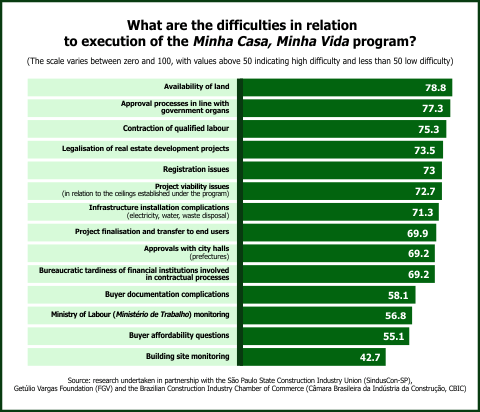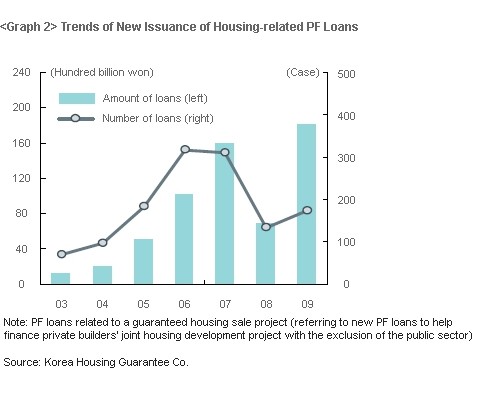Developing Real Estate How to Price Land for Profit
Post on: 26 Июнь, 2015 No Comment

Pricing land for development can be a daunting task for the untrained investor. As a niche subset of both residential and commercial real estate, using comparables for land can be as dangerous to a developer as it is mysterious, sometimes causing the failure of what was certain to be a fantastic development.
However, for the savvy investor, there is one universally accepted land valuation method used by development professionals, corporations, and appraisers alike; the Land Residual Method. By using this method you will be able to determine the current and future value of any piece of land, whether its use be residential or commercial. You will also be able to price land, such that any development you propose will have built in profit. With some practice, you will be able to employ the land residual method in just a few moments, summing up the value of almost any property just on sight.
The land residual method has a fancy sounding name, but to use it all you need is an understanding of some simple math. The land residual method is a calculation that takes the highest and best use of a particular piece of property and subtracts out the total cost of development to arrive at the residual value: the land value. Once you have the numbers its that easy. How do you get the numbers? You ask. It takes some research, but even a novice investor can figure it out relatively quickly.
For the sake of this article Ill be speaking to residential single family development or single family lot land. Rest assured, commercial development uses the same principles, though the calculations are a little more in depth.
Use and Utility
Youve heard the term Location, Location, Location thrown around in many real estate circles. It is never more true than when developing land. While I dont recommend using any type of comparables for valuing land, its generally accepted that land near the ocean, or any other high priced corridor, has a higher intrinsic value that land based further away from a hub or commercial center. It boils down to use and utility. For instance, a 100 unit office building in downtown Seattle will probably be worth more than the same building in rural Arkansas. Generally speaking, the land those properties sit on will be valued accordingly. Its one thing to accept that, but another to understand why.
Property value is determined by its highest and best use. A piece of property that can be developed into a regional shopping mall will be more valuable than a property that can only be developed into a single family home. This is because the end use of the former has a much higher finished value than the latter. The value of the materials are more and the expected income from renting or owning the first is significantly more valuable than the second. It all comes down to profit and a return on investment. Generally speaking there is more profit to be made in larger commercial buildings than a single family home. However, the commercial property takes significantly more risk and money to develop. Hence, the larger land value.
The first part of the land residual method is to estimate the final or future value of the proposed property. This can be done by several approaches. In the case of a single family home development it can be quickly estimated by using recent sales comps from a local real estate broker or agent. Make sure youre dealing with true comps; similar in style, size, amenities, and age. You shouldnt be using a 10 year old sale as a comp for an about to be built home.
For our example, lets assume youre building a 3 bedroom, 2 bath home, 1,500 sf in size, with a lot size of 1/2 acre. Lets also assume your comparable report shows the median home sales price in the last 6 months for this type of home to be $500,000.
Once youve arrived at an estimate for the final or completed value of your property you move on to figure out what it will cost to build your proposed property.
Development Costs
Development costs can vary wildly from state to state and city to city, dependent on things like the amount of work in the area and the cost to deliver materials to your site. When estimating development costs I counsel investors to research their market by calling local developers. Find out what they paid. Talk to contractors and find out what the going rate for material and labor is. Talk to local builders associations. They often keep data on home building costs in the area.
There are two ways to estimate costs. You can use a $/sf method, or actually go line item by line item. The second method can only be done if you have a list of all the line items required to build your home. The $/sf method is easier to obtain, but not as accurate as the line item method. Your goal is to determine the total soft and hard development costs. Soft and hard costs break down as follows:
A hard cost is anything that contributes to the direct construction of the structure itself. These are usually limited to the costs to go vertical. Soft costs are anything that do not fit into that category. Some soft costs are brokers fees, financing fees, horizontal development like running of utilities, demolition of existing structures, clearing and grading of the land, curbs, roads, and driveways, among others.
If your local contractor tells you the average hard and soft cost to build your home would be $100/sf, then you know your total development cost would be $150,000 ($100/sf X 1,500 sf = $150,000).
Do the Math
Now its time to resolve your numbers. The value of the completed home is estimated at $500,000, which is hopefully the amount it will fetch when youre ready to sell. Your development costs are $150,000. The residual land value is the difference between finished value and development costs. In our example, the residual land value of the proposed property is $350,000 ($500,000 $150,000 = $350,000).
What this means, is that for you to build a home that would cost $150,000 and have a value of $500,000 in the open market, you could pay up to $350,000 for that piece of land. This is the break even point. If you pay more for the land there is a great potential for you to lose money. If you pay less for the land youre potentially building in profit. And thats exactly how a professional developer would do it. They dont stop at the residual land value. They go one step further by working in their profit.
Work in your profit
As a developer/investor youre here to make a profit. You want to work that into the equation before you price your land and make your offer. Most developers of residential property like to make between 20-30%. Anything below that will be hard to finance through a conventional lender, and would also be a risk on your part. Markets move up and down, sometimes as much as 10% in a few months. If your profit margin was only 15% and the market drops 10% youre left with a 5% profit. For that kind of money you dont need the risk of development you can just go out, buy a T-Bill, and sip iced tea on your front porch until retirement.
If youre cost to develop was estimated at $150,000 and youd like to make a 30% profit on costs, your profit margin would be $45,000 ($150,000 X 30% = $45,000). This number is then subtracted from the residual land value of $350,000 for a maximum offer price of $305,000 ($350,000 $45,000 = $305,000). That means, to make a 30% profit on your development costs, you wouldnt pay more than $305,000 for the land.
Well thats fine and good, but most developers want to make profit on their entire project, not just the costs. Thus we do this calculation one more time; this time on the land purchase portion as well. Assuming youd want to make 30% on the land portion to, how much would you have to back out? Youd back out approximately $90,000 ($305,000 X 30% = $91,500).
Max Offer Price
Take your residual land value minus your profit on cost and your estimated profit on the land cost and you can determine your maximum land offer price. For our example, the final land value and max offer price would be $215,000 ($305,000 90,000 = $215,000).
For the property cited in the example I would offer the seller no more than $215,000 to purchase their piece of land. This ensures I can get the development done and make a nice profit for myself. Just to check my numbers, I run the math one more time.
Check the math
To check your final expected profit, simply run the numbers forward from the start. Heres how it would look:
$215,000 Land Purchase

+ $150,000 Development and Construction Costs
$365,000 Total Project Cost
$500,000 Projected Revenue from Sale
- $365,000 Total Project Cost
$135,000 Profit
$135,000 profit / $365,000 total project cost = 37% total profit Margin
Keep in mind we have not accounted for taxes of any kind. That will of course reduce your profit margin, but still, this is not bad for a development that probably took less than a year from start to finish.
For even higher returns, your land offer would be made at an even lower number than your max offer price, in case you end up negotiating the price higher with your seller.
You can see that the residual land value method of obtaining land value is an easy and efficient way to make sure youre paying the true market value of the land, while working in profit for your potential development.
Photo Credit: pnwra
Free eBook from BiggerPockets!
Get The Ultimate Beginnner’s Guide to Real Estate Investing for FREE — read by more than 100,000 people — AND get exclusive real estate investing tips, tricks, and techniques delievered straight to your inbox twice weekly!
- Actionable Advice for Getting Started,
- Discover the 10 Most Lucrative Real Estate Niches,
- Learn how to get started with or without money,
- Explore Real-Life Strategies for Building Wealth,
- And a LOT more
Sign up below to download the eBook for FREE today!














